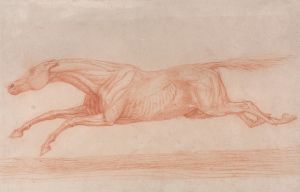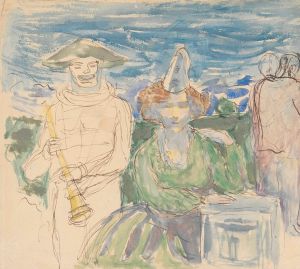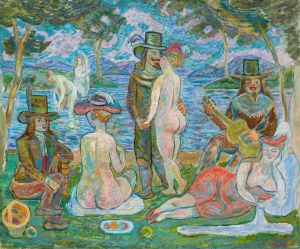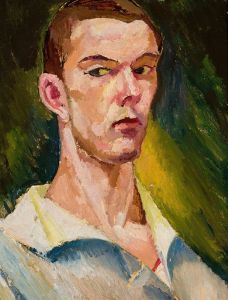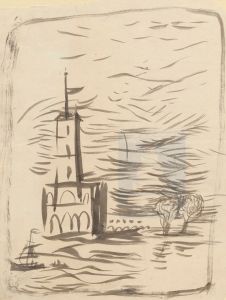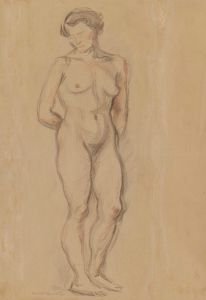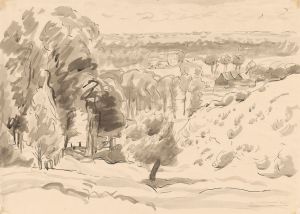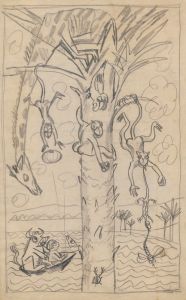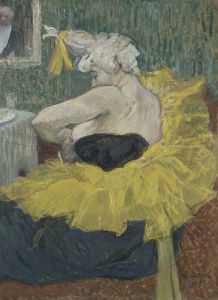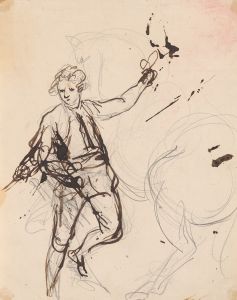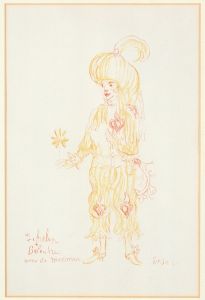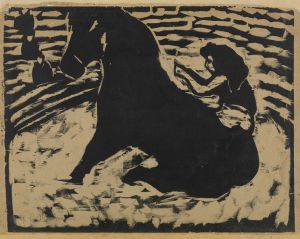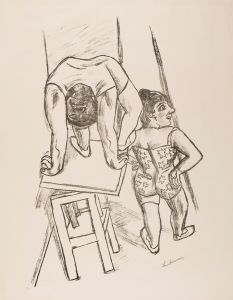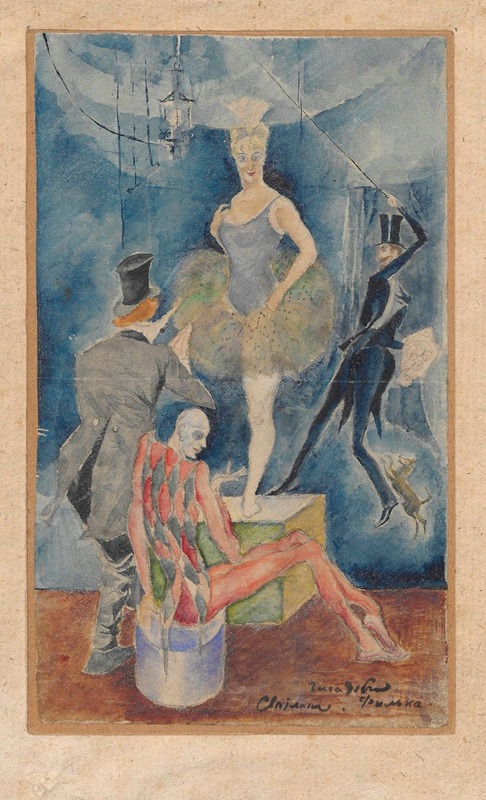
Scene in a circus
A hand-painted replica of Zygmunt Waliszewski’s masterpiece Scene in a circus, meticulously crafted by professional artists to capture the true essence of the original. Each piece is created with museum-quality canvas and rare mineral pigments, carefully painted by experienced artists with delicate brushstrokes and rich, layered colors to perfectly recreate the texture of the original artwork. Unlike machine-printed reproductions, this hand-painted version brings the painting to life, infused with the artist’s emotions and skill in every stroke. Whether for personal collection or home decoration, it instantly elevates the artistic atmosphere of any space.
Zygmunt Waliszewski was a Polish painter known for his vibrant and expressive works, often drawing inspiration from the avant-garde movements of the early 20th century. Born in 1897 in Saint Petersburg, Russia, Waliszewski moved to Poland, where he became an influential figure in the Polish art scene. His work is characterized by a vivid use of color and dynamic compositions, often reflecting a sense of movement and emotion.
"Scene in a Circus" is one of Waliszewski's notable paintings, capturing the lively and chaotic atmosphere of a circus performance. While specific details about the painting's creation date and current location are not widely documented, it is representative of Waliszewski's broader artistic style and thematic interests.
The painting depicts a vibrant circus scene, filled with performers and spectators, each rendered in Waliszewski's distinctive style. The use of bold colors and energetic brushstrokes conveys the excitement and drama of the circus, a theme that fascinated many artists of the time. The composition likely includes various circus elements such as acrobats, clowns, and animals, all contributing to the dynamic and bustling atmosphere.
Waliszewski's work often reflects the influence of Post-Impressionism and Expressionism, movements that emphasized emotional experience over realistic representation. In "Scene in a Circus," this influence is evident in the exaggerated forms and vivid color palette, which serve to heighten the emotional impact of the scene. The painting may also draw inspiration from the works of other artists who explored similar themes, such as Henri de Toulouse-Lautrec and Pablo Picasso, both of whom depicted circus life in their art.
Throughout his career, Waliszewski was associated with several artistic groups and movements in Poland, including the Formists and the Kapists. These groups were instrumental in introducing modernist ideas to Polish art, and Waliszewski's work played a significant role in this cultural shift. His paintings often explore themes of modernity, movement, and the human experience, with the circus serving as a fitting subject for these explorations.
Despite his relatively short life—Waliszewski died in 1936 at the age of 39—his work left a lasting impact on the Polish art scene. "Scene in a Circus" exemplifies his ability to capture the vibrancy and complexity of contemporary life, using the circus as a microcosm of the broader human experience. The painting remains a testament to Waliszewski's skill as a colorist and his ability to convey emotion through form and composition.
While detailed information about "Scene in a Circus" is limited, the painting is an important part of Waliszewski's oeuvre, reflecting his unique artistic vision and his contribution to the development of modern art in Poland. His work continues to be studied and appreciated for its innovative approach and its ability to capture the spirit of an era.





